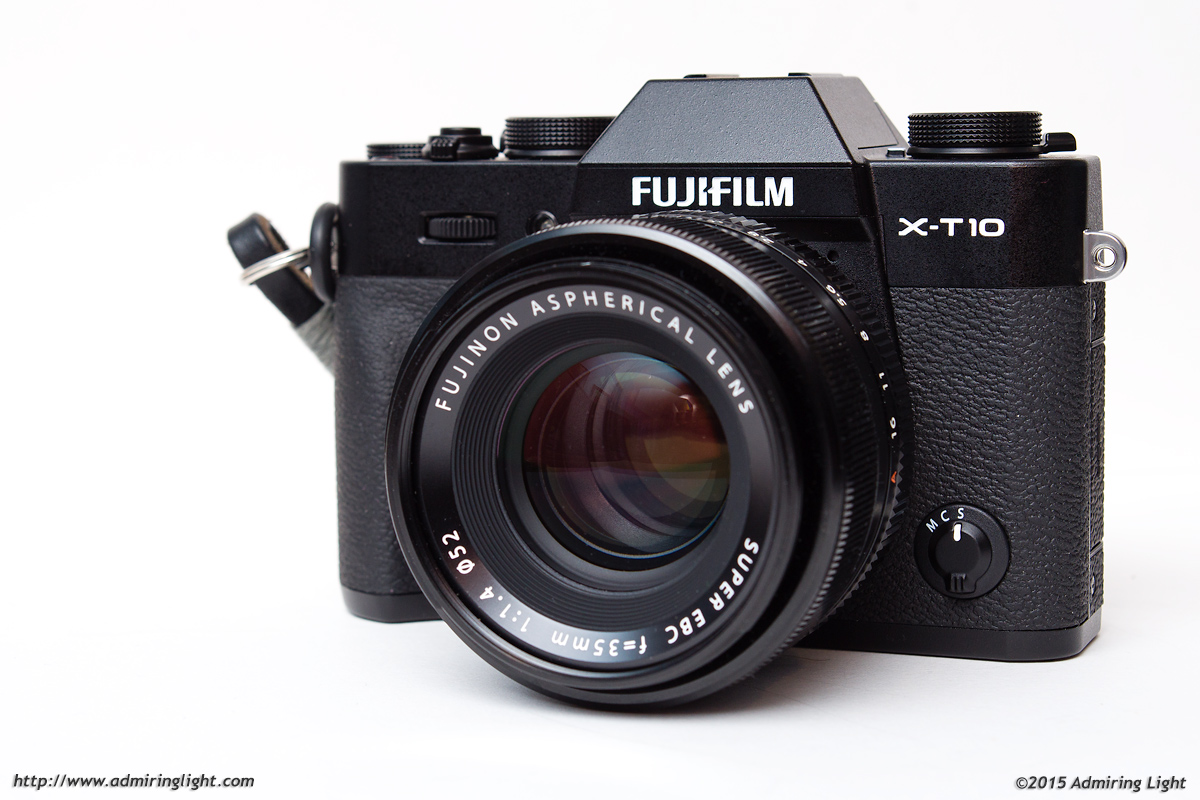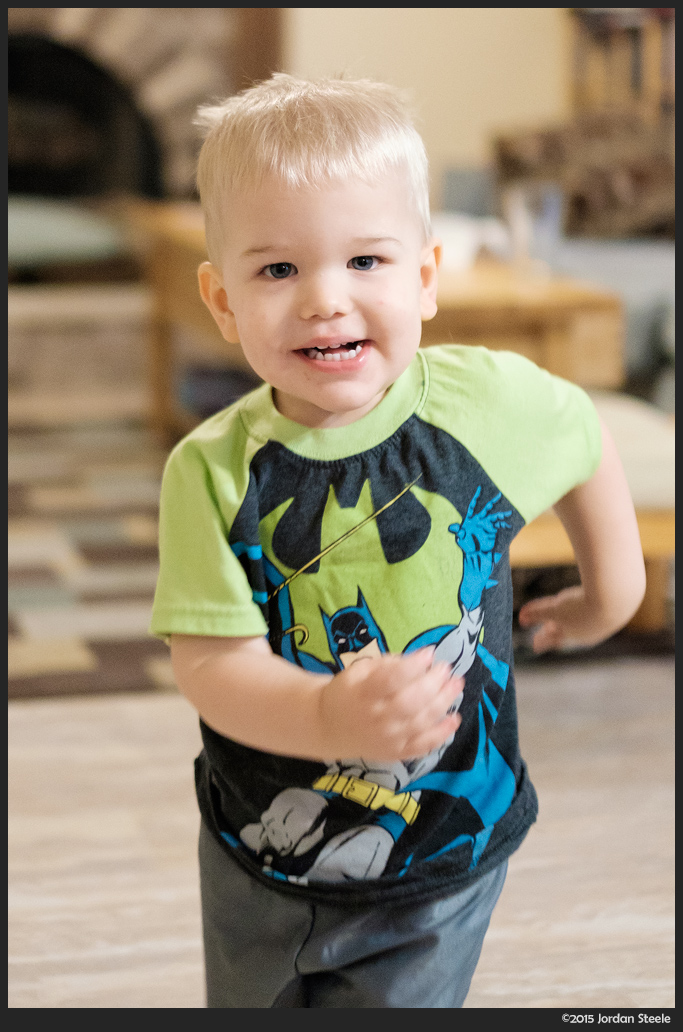I just got the new Fuji X-T10 in for review today, and I’ll be shooting with it for the next week or two, getting to know the ins and outs. For X-T1 owners who are thinking of a smaller, cheaper second body, or for those who like most of what the X-T1 has to offer, but don’t want to spend the money for it, the X-T10 is an intriguing body. I’ve only had a few hours to shoot with the camera, but I already have some impressions and thoughts that I figured I’d share. Be sure to check back soon for my full in-depth review.

In the Hand
The first thing you’ll notice about the X-T10 is that, design wise, it looks extremely similar to the X-T1. It really is a mini X-T1 in most ways. It’s slightly shorter, slightly narrower and slightly thinner, and notably lighter as well. The weight reduction is in large part due to the use of lighter metals like the X-E series rather than magnesium alloy. Despite the slightly lower quality materials, the X-T10 is very well constructed and feels quite solid. The size reduction, like it often is, is both a blessing and a curse. You do notice the more compact nature of the camera, but it comes at the expense of ergonomics. The grip on the front just isn’t very large, and the rear thumb grip is slid about 1/4 of an inch too far to the right, making the camera feel slightly awkward to hold. It became more comfortable when shooting with smaller lenses like the 35mm f/1.4, but the bigger glass doesn’t handle as well as it does on the X-T1.

On the positive side, the buttons, mostly, are much clickier than the ones on the X-T1 and provide good tactile feedback. The exceptions are the AEL and AFL buttons surrounding the rear control dial. Speaking of the dials, the X-T10 features two just like the X-T1, and BOTH of them are clickable, providing additional functionality without needing an extra button. Overall, the camera uses space wisely, though I definitely prefer the ergonomics of the X-T1 overall.
Autofocus
The big upgrade in the X-T10 (also coming next week to the X-T1) is the new autofocus system, featuring new wide-field tracking, multi-point zone selection and improved face detection with eye detection. I only have had limited time to check out these improvements, but I like what I’m seeing so far. The X-T10 was able to track my son running at me, indoors, using one of the slowest focusing lenses in the Fuji system: the 35mm f/1.4. I used the 5×3 point zone focus system over the PDAF points, and let the camera do its thing. While not perfect, I got a high number in focus, which is quite remarkable with this lens. See below for an example shot from this sequence.

The only real downside to the improved autofocus modes is that the X-T10 has an incredibly shallow buffer of only 7 shots in RAW mode. If you’re shooting with continuous high burst mode at 8 frames per second, make sure you time your shot well! The improved face detection also seemed to work very well, locking onto the nearest eye with good accuracy. It is interesting that the display will show which eye it’s going to focus on when analyzing the scene, though during actual focusing, the eye outline disappears. Still, it seems to function quite well. I’m looking forward to testing this much more thoroughly, so definitely take these early conclusions with a grain of salt.

So that’s it for now. I’ll be putting the camera fully through the paces over the coming weeks. Stay tuned for the full review!





Leave a Reply